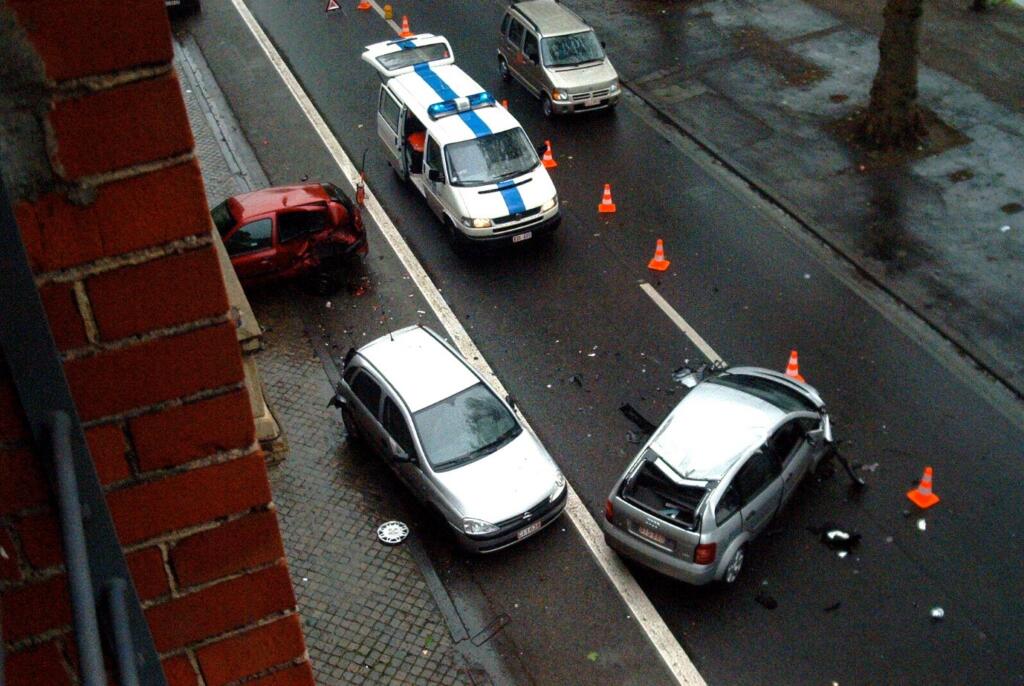Being involved in a car accident can be overwhelming. One of the most important questions after a crash is: who is at fault?
Liability is not always clear after an accident. Sometimes both drivers are partially at fault, or the cause of the accident may not be immediately obvious. If you’re involved in a collision, it’s essential to gather the right information and understand the process of determining fault. This can involve reviewing evidence, understanding the law, and working with insurance companies.
In many car accident cases, the concept of being “at fault in a car accident” will determine whether you can recover compensation for damages. Understanding the factors that go into proving fault is key to protecting your rights and seeking justice after a crash.
Why Do Car Accidents Happen?
Car accidents occur for many reasons. Understanding these causes can help you identify the liable party. Here are some common reasons:
- Distracted Driving: Drivers who are texting, eating, or using their phones while driving often fail to pay attention to the road, leading to accidents.
- Speeding: Driving above the speed limit reduces reaction time and increases the likelihood of losing control, resulting in a crash.
- Running Red Lights or Stop Signs: When drivers disobey traffic signals, they often cause accidents by colliding with other vehicles that have the right of way.
- Driving Under the Influence: Alcohol or drug impairment can impair a driver’s judgment, reaction time, and motor skills, making accidents more likely.
- Poor Weather Conditions: Rain, snow, and ice can make roads slippery, reducing traction and increasing the chances of a collision.
Each of these causes can involve some level of driver negligence. Identifying what caused the accident is a critical step in determining who is responsible.
The Elements of Personal Injury Law
To determine liability in a car accident, it’s helpful to understand the elements of personal injury law. These are the basic building blocks that attorneys and courts use to decide who is at fault. There are four main elements to consider:
- Duty of Care: Every driver has a legal obligation to drive responsibly and follow traffic laws. This duty of care ensures that drivers are not putting others at risk while on the road.
- Breach of Duty: When a driver fails to uphold their duty of care, such as by speeding, driving under the influence, or ignoring traffic signals, they have breached that duty.
- Causation: The breach of duty must directly lead to the accident and the resulting damages. If a driver’s negligence caused the crash, they can be held liable.
- Damages: Finally, the accident must result in actual damages, such as injuries, vehicle damage, or financial losses. Without damages, there is no personal injury claim.
Each of these elements must be proven to hold someone responsible for an accident. Whether you’re dealing with minor injuries or more significant losses, proving these four elements is essential for recovering compensation.
Using the Elements of Personal Injury Law to Determine Liability
Once you understand the elements of personal injury law, you can apply them to figure out who is liable for a car accident. Here’s how each element helps determine fault.
- Duty of Care: First, establish that the other driver owed you a duty of care. In most cases, this is automatic because all drivers are responsible for following the rules of the road and not harming those who share the road.
- Breach of Duty: Next, you must prove that the other driver breached their duty. This could include speeding, texting while driving, or running a red light. Gathering evidence like witness statements, police reports, or traffic camera footage can help demonstrate this breach.
- Causation: After showing that the other driver acted negligently, you need to prove that their actions directly caused the accident. For instance, if a driver was speeding and rear-ended your car, the accident wouldn’t have happened if they were driving at a safe speed.
- Damages: Lastly, you must show that the accident led to damages. This can include medical bills, repair costs, lost wages, or emotional distress. Keeping detailed records of your injuries and expenses is crucial for this step.
In many cases, determining who is at fault in a car accident involves carefully analyzing these elements. While it can be complex, especially if both parties share some responsibility, these elements provide a clear framework for finding liability.
Conclusion
Determining who is responsible for a car accident is a critical part of the recovery process. By understanding why accidents happen and applying the elements of personal injury law, you can work towards finding the liable party. Whether you’re dealing with a simple fender-bender or a more serious accident, knowing who is at fault can help you recover compensation and move forward with your life.
